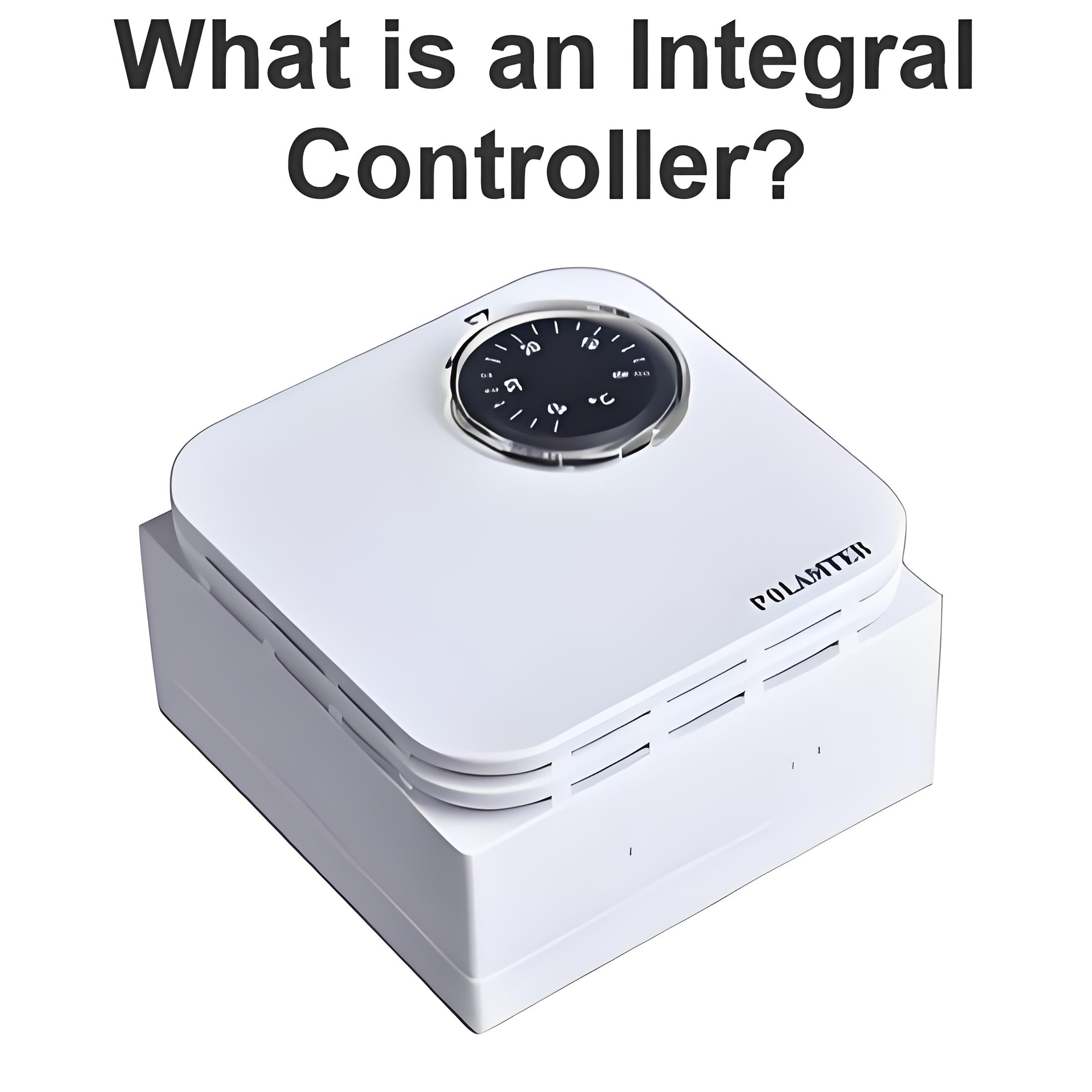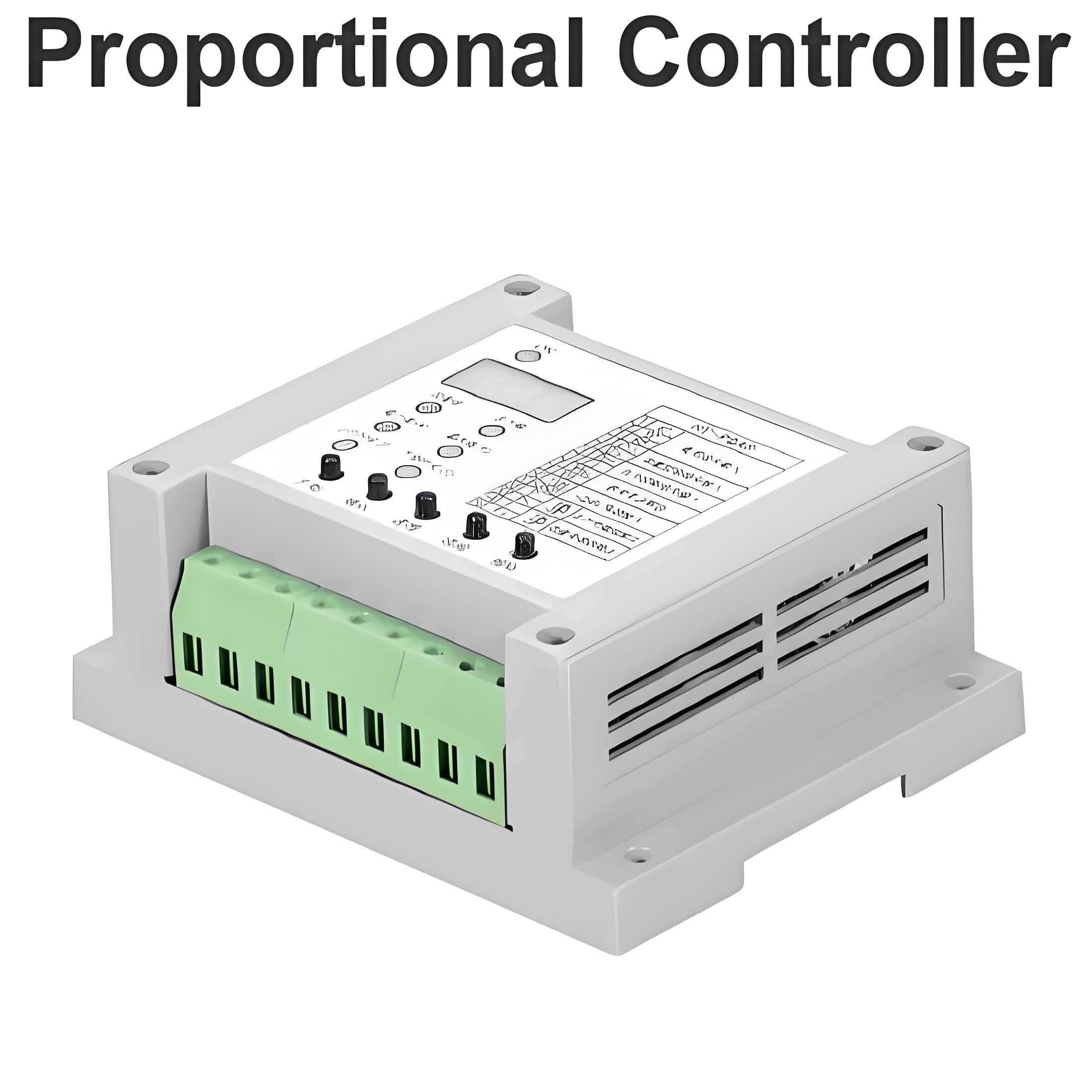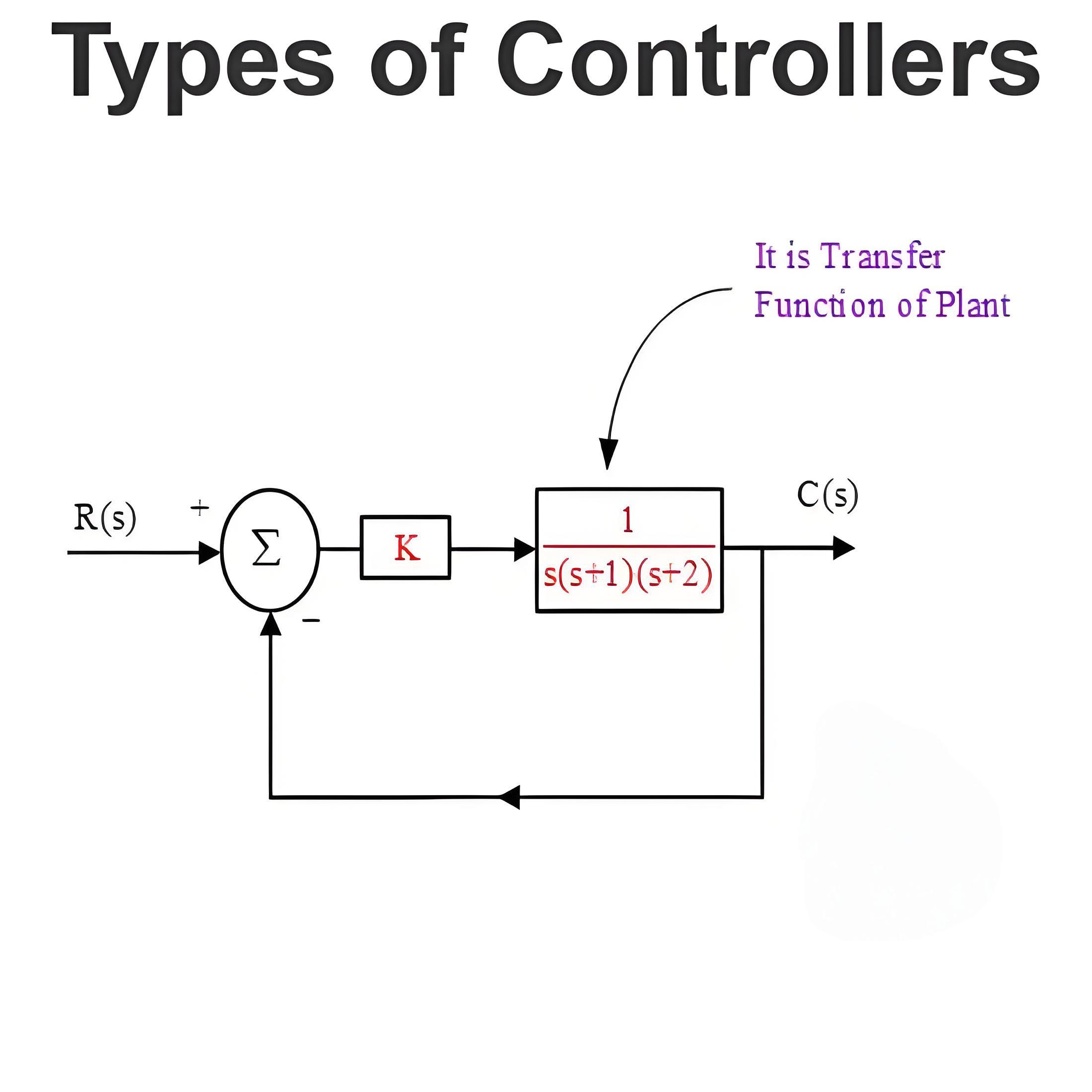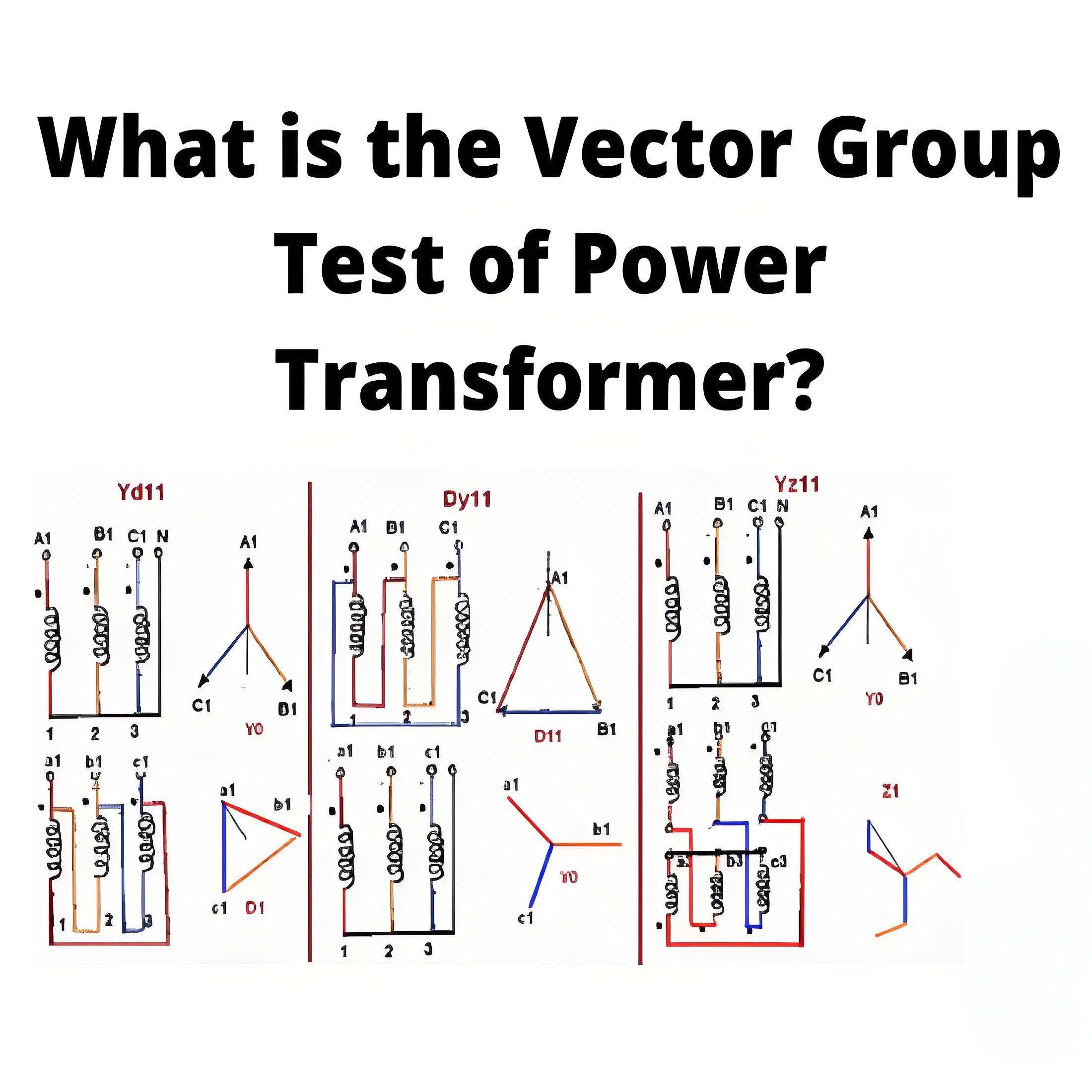Power Distribution Systems
Electrical Power Distribution System Definition
An electrical power distribution system is defined as a network that delivers power to individual consumer premises at a lower voltage level.
An electrical power distribution system provides power to individual consumer premises. The distribution of electric power to different consumers is transmitted via a much lower voltage level compared to the transmission of power over long distances (i.e. over long transmission lines).
The distribution of electric power is done through distribution networks. Distribution networks consist of the following parts:
Distribution substation
Primary distribution feeder
Distribution Transformer
Distributors
Service mains
The transmitted electric power is stepped down in substations, for primary for distribution purposes.
This stepped down electric power is fed to the distribution transformer through primary distribution feeders. Overhead primary distribution feeders are supported by mainly supporting iron poles (preferably rail poles).
The conductors are strand aluminum conductors and they are mounted on the arms of the pole by means of pin insulators. Sometimes in congested places, underground cables may also be used for primary distribution purposes.
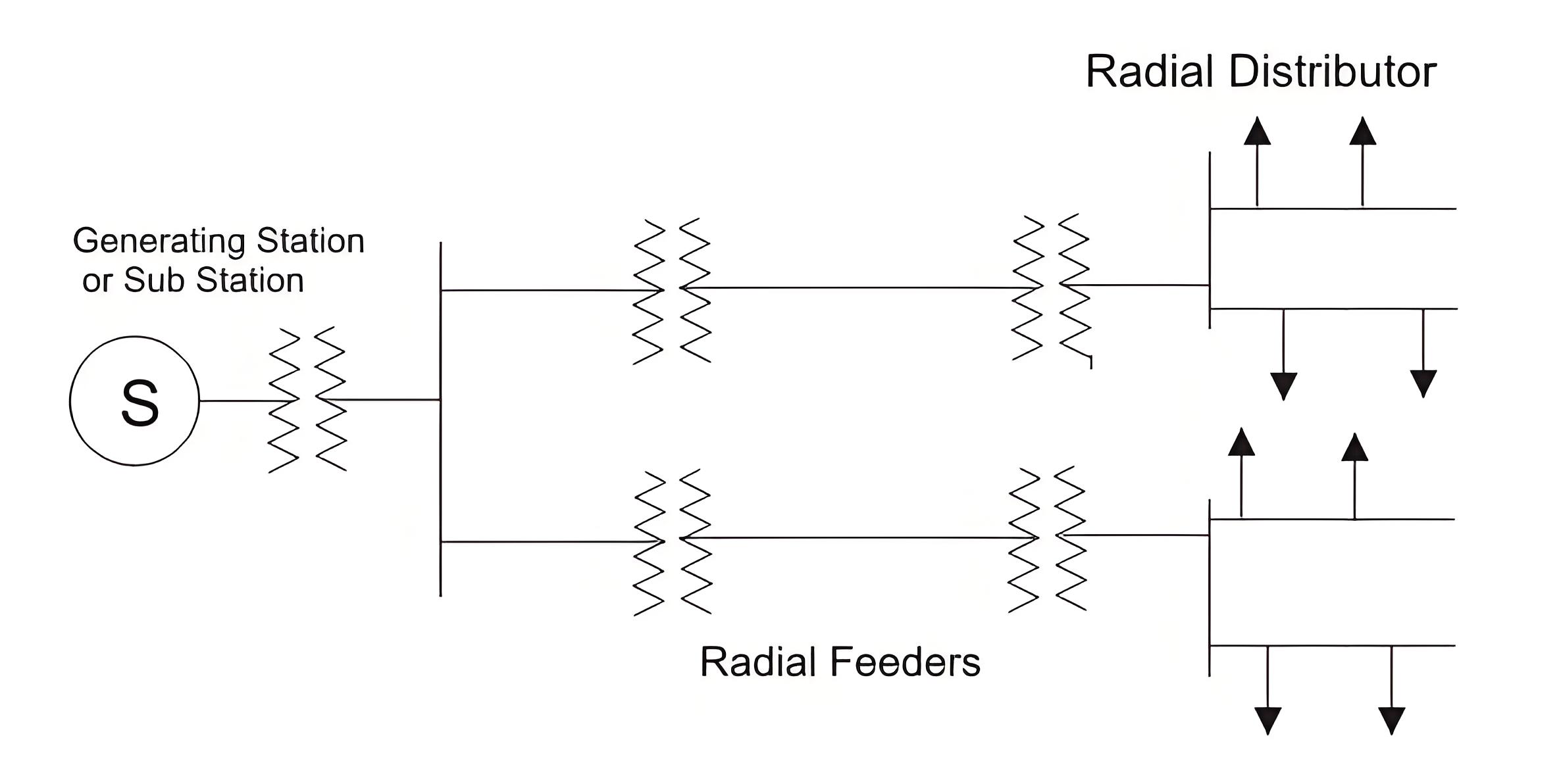
Distribution transformers are mainly 3 phase pole mounted type. The secondary of the transformer is connected to distributors. Different consumers are fed electric power by means of the service mains.
These service mains are tapped from different points of distributors. The distributors can also be re-categorized by distributors and sub-distributors. Distributors are directly connected to the secondary distribution transformers whereas sub-distributors are tapped from distributors.
Service mains of the consumers may be either connected to the distributors or sub-distributors depending upon the position and agreement of consumers.
In power distribution, both feeders and distributors carry electrical loads, but feeders carry power without intermediate taps, while distributors have multiple tap points to serve consumers.
The feeder feeds power from one point to another without being tapped from any intermediate point. As there is no tapping point (i.e. a point where the voltage and current can be stepped down or stepped up) in between, the current at the sending end is equal to that of the receiving-end of the conductor.
The distributors are tapped at different points for feeding different consumers, and hence the current varies along their entire length.
Components of Distribution Networks
Distribution networks consist of distribution substations, primary distribution feeders, distribution transformers, distributors, and service mains.
Radial Power Distribution System
This system has feeders radiating from a substation but can cause power interruptions if a feeder fails.

In the early days of the electrical power distribution system, different feeders radially came out from the substation and connected to the primary distribution transformer.
But radial electrical power distribution system has one major drawback that in case of any feeder failure, the associated consumers would not get any power as there was no alternative path to feed the transformer.
In the case of a transformer failure, the power supply is interrupted. In other words, the consumer in the radial electrical distribution system would be in darkness until the feeder or transformer was rectified.
Ring Main Power Distribution System
A ring main distribution system uses a ring network of distributors fed by multiple feeders, providing continuous power supply even if one feeder fails.
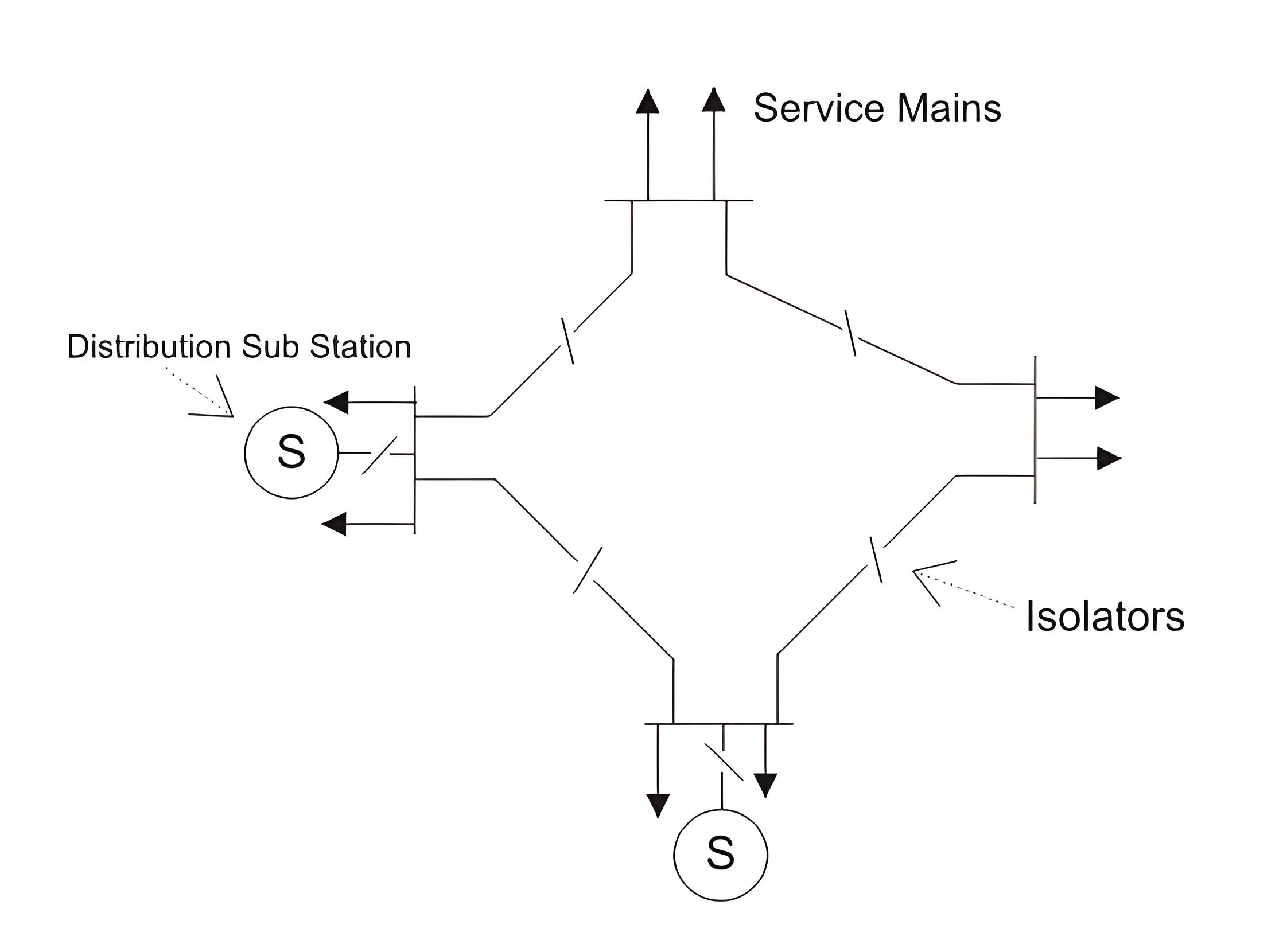
Section Isolators
These devices in ring main systems isolate parts of the network for maintenance or faults, maintaining power supply to other parts.
Welcome to our electricity community! Established to facilitate the exchange and cooperation in the electricity industry and bridge professionals, enthusiasts, and related enterprises.


